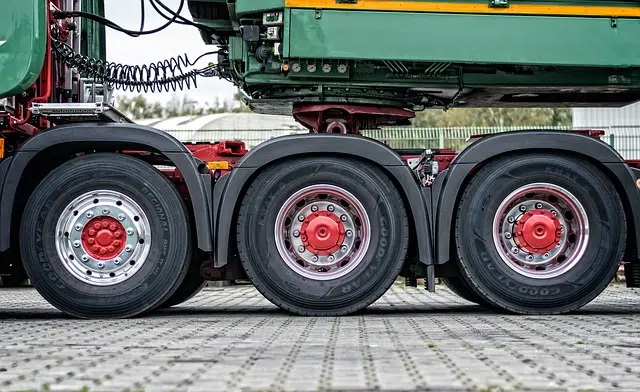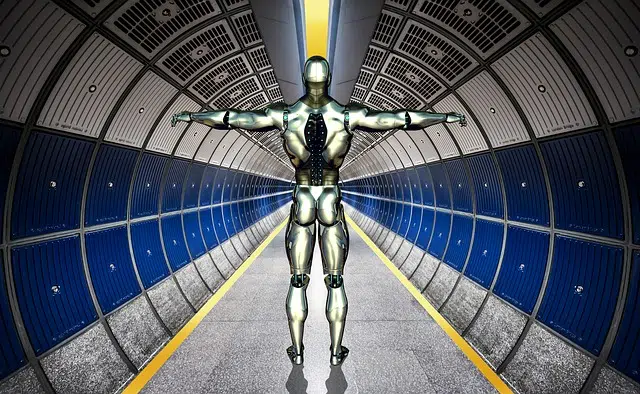
The axes are the pieces that allow the movement of a rotation to be directed.
The term axis , which comes from the Latin (axis or axe) has multiple uses, definitions and applications. In its origins it represented the bar that joined the wheels of the carts and, later, the imaginary line that crosses the planet Earth from pole to pole.
In the field of mechanics , for example, an axle is considered as a constructive part that is useful when directing the rotation movement of an element or a group of parts, as can occur when working on a wheel or a gear.
The axles of a vehicle , on the other hand, represent imaginary lines of transverse direction against which the wheels turn when the car moves straight. In vehicles that have wheels on both sides, the axis is the transverse line that allows the centers of two of them to join.
The axis in mathematics
In mathematics , likewise, the axes allow us to locate a geometric figure in space, and then transform it according to our needs. By convention, the horizontal axis is referenced with the letter more popularly associated with it, not only would mathematics be a much less complex and comprehensive science, but the impact would reach the field of entertainment, since video games, animated films as well as most special effects would not exist.
Among the known types of axes, we find those of symmetry. These imaginary lines represent straight lines that cut a figure in such a way that the vertices located on each side have an equivalent on the other. Simply put, an axis of symmetry cuts an object into two identical parts. Once again, we often see video effects that are based on this principle, generating kaleidoscopic images.
The concept of rotation is very complex and there are various ways to obtain the same result. Basically, an axis used to perform this calculation serves as a reference to change the orientation of a figure or object without altering its shape. In everyday life, we are used to the fact that matter does not deform and we do not need technical knowledge to, for example, turn an apple that we hold in one hand. But if we had to represent that simple action and the subsequent transformation of the fruit in numbers, everything would be more complex. First, we would need to convert the apple to a series of points or vertices and place them on an axis system. Its position could not be random, since the result obtained would depend on it and we would have to take this precaution for each of the 3 axes. To give a simple example, if we wanted the apple to rotate to the right and not move as it did so, we would position it so that the vertical axis would cut it through its exact center.

An axis can be an imaginary line that runs through the center of something.
The concept in anatomy
This word is also relevant in the field of anatomy , where it refers to the second vertebra of the neck, which acts as an axis in the rotation movement of the human head.
Other related uses divide the body into several hemispheres: one cuts it vertically from head to toe (the cranio-caudal axis), another horizontally (the latero-lateral) and one that crosses the body from back to front (the axis). ventro-dorsal).
The idea of axis in politics and culture
It should be noted that, in the field of politics , the concept of Axis (which is usually written with a capital letter) refers to certain alliances between two or more States . There the principles and norms that govern community life are established, according to the social framework of a given nation. Establishes the organization necessary for a correct and balanced exercise of power.
In World War II , for example, the Axis was formed between Italy , Germany and Japan to fight the Allies and arose from an understanding between Hitler and Mussolini. On the other hand, George W. Bush referred to the Axis of Evil in relation to an alleged alliance between North Korea , Iraq and Iran .
Other related meanings are the cultural and social axis. The first refers to a projection that ensures a given nation grows in such a way that its past, its customs, everything that has given it identity is not lost. In the second case, we will seek to preserve what is considered key in a society and which in general is the family , aiming at the best possible quality of life for its inhabitants.
